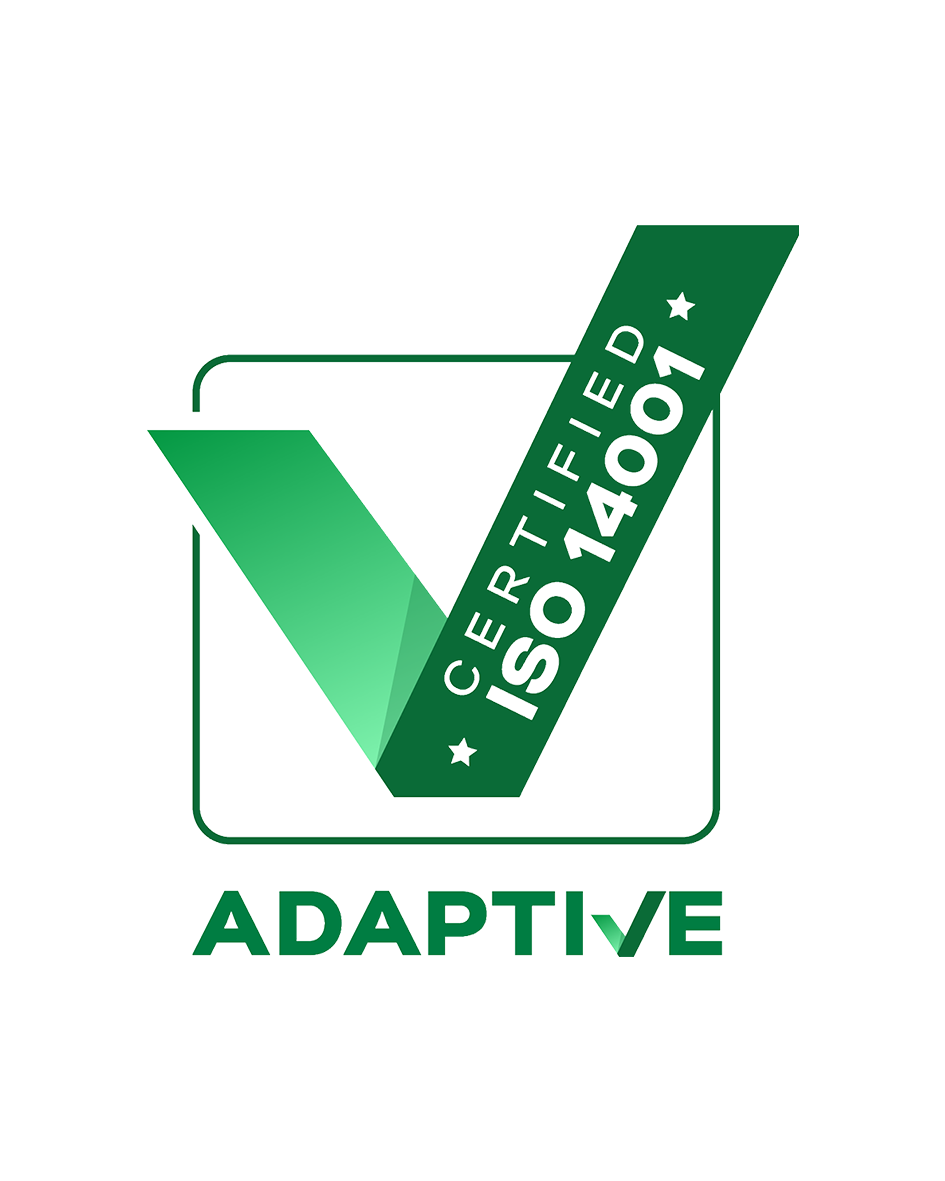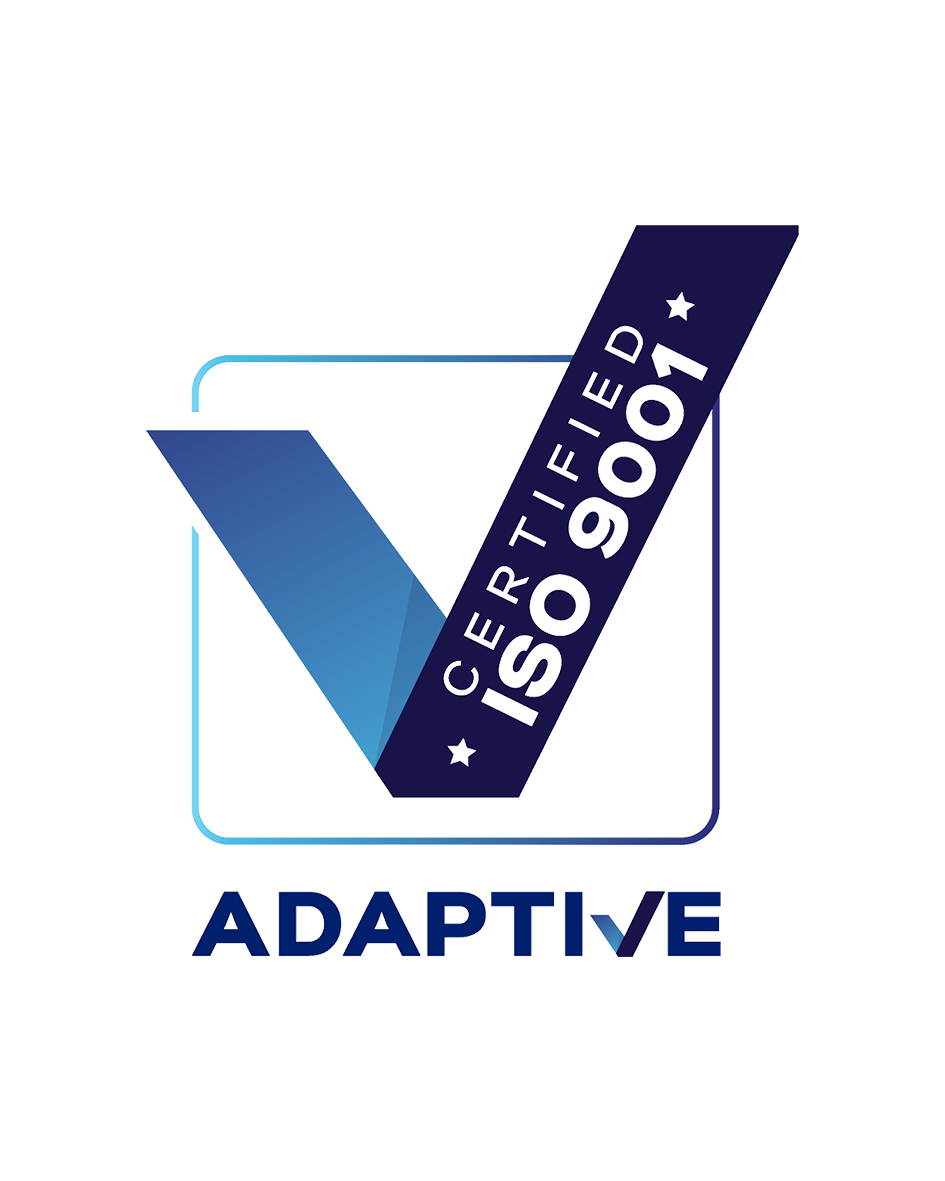Slab lifting and slab jacking are common techniques used in transport yards to address issues with uneven or sunken concrete slabs.
These techniques are critical in maintaining a smooth and level surface for vehicles, ensuring safety, and preventing further damage to the infrastructure. Here’s an overview of both:
Slab Lifting for Transport Yards
Slab lifting refers to the process of raising a sunken or uneven concrete slab to its original position. This can be necessary in transport yards due to heavy loads, poor soil compaction, or erosion beneath the slab.
Key Steps in Slab Lifting:
- Assessment: Inspect the site to determine the cause of sinking and assess the extent of the issue.
- Drilling: Small holes are drilled into the slab to create access points.
- Material Injection: A lifting material (like grout, foam, or polyurethane) is injected through the holes to fill voids beneath the slab.
- Lifting: As the material expands or hardens, it raises the slab back to its original position.
- Sealing: Once the slab is leveled, the holes are patched with concrete or epoxy.
Slab Jacking for Transport Yards (Mudjacking or Foamjacking)
Slab jacking is a specific method of slab lifting that involves injecting a lifting material beneath the slab to stabilise and raise it.
Materials Used:
- Mudjacking: A slurry made of sand, cement, and water is injected under the slab. It’s cost-effective but heavier and can lead to further sinking if the soil beneath is unstable.
- Foamjacking: Polyurethane foam is injected, which expands and hardens to lift the slab. It’s lightweight, durable, and cures quickly, making it ideal for high-traffic areas.
Advantages:
- Cost-effective compared to full slab replacement.
- Minimal downtime, allowing the transport yard to remain operational.
- Eco-friendly options are available (e.g., recycled foam materials).
Slab Lifting & Slab Jacking in Transport Yards FAQs
Benefits of Slab Lifting & Slab Jacking in Transport Yards
- Prevents Equipment Damage: Uneven slabs can damage vehicles or machinery moving through the yard.
- Improves Safety: Smooth surfaces reduce trip hazards and improve worker safety.
- Extends Infrastructure Life: Re-levelling slabs can delay the need for expensive replacements.
- Reduces Operational Disruptions: Fast curing times mean minimal downtime.
)
When to Use Slab Lifting & Slab Jacking Solutions
- Slabs have settled due to heavy equipment or traffic loads.
- Cracking or pooling water indicates structural issues.
- Soil erosion or poor compaction has caused uneven surfaces.
)
Causes of Slab Settlement in Transport Yards
- Heavy Loads
Transport yards typically handle trucks, forklifts, and other heavy vehicles. Over time, these concentrated loads can compress the soil beneath the slab, causing it to sink or shift. - Poor Subgrade Preparation
Insufficient soil compaction during initial construction can lead to voids or weak spots that weaken the slab. - Water Intrusion
Poor drainage or prolonged water exposure can erode the soil beneath the slab. Frost heaving in colder climates also exacerbates slab movement. - Soil Movement
Expansive clays or loosely packed soils may shrink, expand, or shift due to seasonal changes or construction vibrations nearby.
)
Features & Benefits
Slab Lifting & Slab Jacking in Transport Yards

Fast
Correction with Teretek® Resin Injection can be completed within just a few hours rather than days.

Immediately Trafficable
As soon as the repair is completed, the area can be re-opened to traffic and full use.

Non-Invasive
Repairs are performed without the need for excavation, extensive disruption.

Cost-Effective
Compared to traditional methods, our solutions are more cost-effective.
Get a FREE quote
Arrange a site assessment in 3 simple steps:
Step 1
Submit your enquiry using our online form. Include a brief message about the type of foundation issues you are experiencing.
Step 2
Our friendly customer service team will be in touch to schedule a site assessment that suits you.
Step 3
One of the Mainmark experts will visit your commercial property, assess the damage, and ascertain the likely cause. They will establish the approach needed, creating a plan specific to the needs of your building and provide you with a detailed quote.

© 2026 The Mainmark group of companies. ‘Mainmark®’, ‘Terefil®’, ‘Terefirm®’ and ‘Teretek®’ are trademarks of the Mainmark group of companies.
Mainmark Ground Engineering Pty Ltd
ABN: 51 606 182 503


































